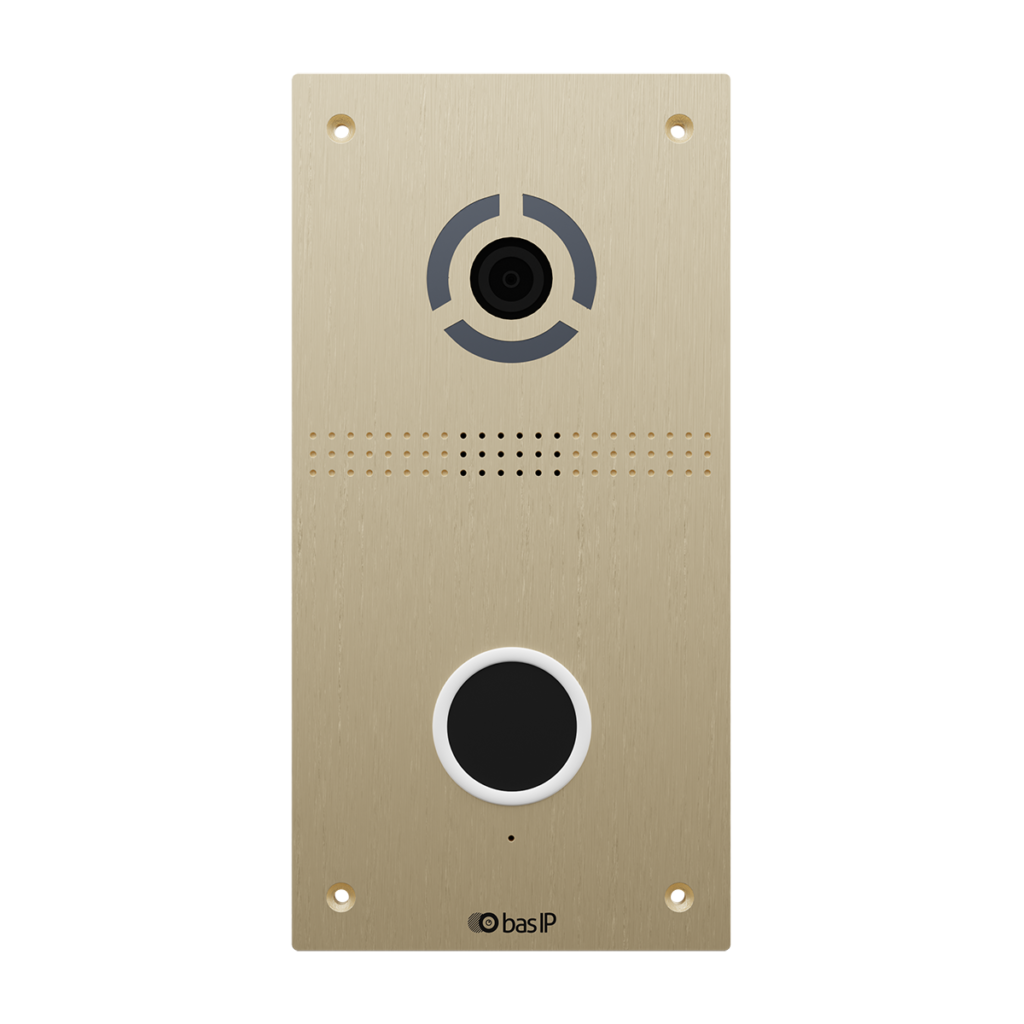It does not matter what type of housing you own – a private house or an apartment, you have probably thought more than once about how to protect your home from penetration as much as possible. Someone is installing a video surveillance system (CCTV), and someone is installing a wireless GSM alarm system. Intercom systems are no exception, which is already mandatorily installed by every homeowner. After all, in addition to safety, this is additional comfort. Each entrance of the apartment building is equipped with an intercom. And in order to launch a courier or a familiar person without installing an intercom, you will need to go down to the first floor.

A similar situation with a private house – to open the gate, you must go outside. Previously, everyone without hesitation put on a standard audio intercom handset and was happy. With the development of technology, the question of reflection has become more acute – after all, at first ordinary analog video intercoms appeared, and they were replaced by modern digital IP video intercoms. Which intercom is better to choose – many are puzzled by this question. To begin with, in general terms, we will analyze what an analog and IP video intercom is.
Analog video intercoms are the most common type of video intercom. It is used for installation in apartment buildings to receive a call from the call panel to a video monitor in an apartment. Similarly, analog video intercoms are often installed in private homes. They are equipped with an automatic video recording function (with an SD card), support the opening of the electric lock / electric strike, and can also be easily integrated with other analog door communication systems.
CVBS or AHD video surveillance cameras can be connected to analog video intercoms, depending on the resolution of the video monitor. In principle, it is safe to say that analog video intercoms fulfill all the most basic and popular user requests.

IP video intercoms are relatively new in the security systems market. Due to the higher cost relative to analog models, they are less common and therefore most often found in cottages and multi-apartment business class residential complexes. They support TCP / IP protocol, cloud storage, as well as work with mobile devices in terms of sending push notifications and transferring an incoming call to a mobile phone.
So, let’s analyze and highlight the main differences between an IP video intercom and an analog one.
1. Transferring a call to a mobile device and sending push notifications
In order to understand which video intercom to choose, you must initially determine what exactly you want to receive from the video intercom – just see who is calling you on the video intercom (analog models) or, for example, receive Push notifications or transfer a call to a mobile phone in your absence (network IP video intercoms). Analog models do not support transferring a call to a mobile device and sending push notifications. In this regard, IP video intercom has stepped much further and has the most advanced functionality.
To complement your security, consider integrating IP video intercoms with advanced functionality alongside professional CCTV monitoring services for comprehensive protection.
2. Price for video intercom
After you have decided on the functionality, the first and most basic factor on which the choice of equipment is made is the price of the product. Network IP video intercoms have much more functionality. But the cost is correspondingly higher, since this is a more advanced device that requires completely different labor costs, protocols and technologies.
3. Autonomy
Analog video intercom systems, in addition to the call panel, require the presence of a video monitor that has a direct cable connection to the call panel. In IP intercom, implementation is possible both with and without a video monitor. Network IP video intercom assumes autonomous operation – the screen of your mobile phone can act as a video monitor.
4. Equipment compatibility
The undoubted advantage of analog intercom systems is that absolutely all equipment is easily switched with each other. Special selection of equipment is not required. All equipment is divided into two groups – for individual use / coordinate, CVBS / AHD format. Coordinate are intended for installation of an apartment in an apartment building, individual – for installation in a private house / cottage. Network IP video intercoms in this regard are much more problematic – there are problems with the compatibility of equipment from different brands, as well as the availability of the necessary connection ports. Therefore, as a rule, when choosing an IP video intercom, they tend to choose one brand.
5. Wiring diagram
Analog and network video intercoms have different connection schemes. If to connect an analog video intercom, the call panel is directly connected to a video monitor, then in the case of network IP video intercoms, both the video monitor and the call panel are connected via a switch / router to a single data transmission network. Well, it is worth noting that the Internet is required to transfer a call and send Push notifications, as well as voice notifications. Well, besides, some network intercom systems have a wireless connection.
